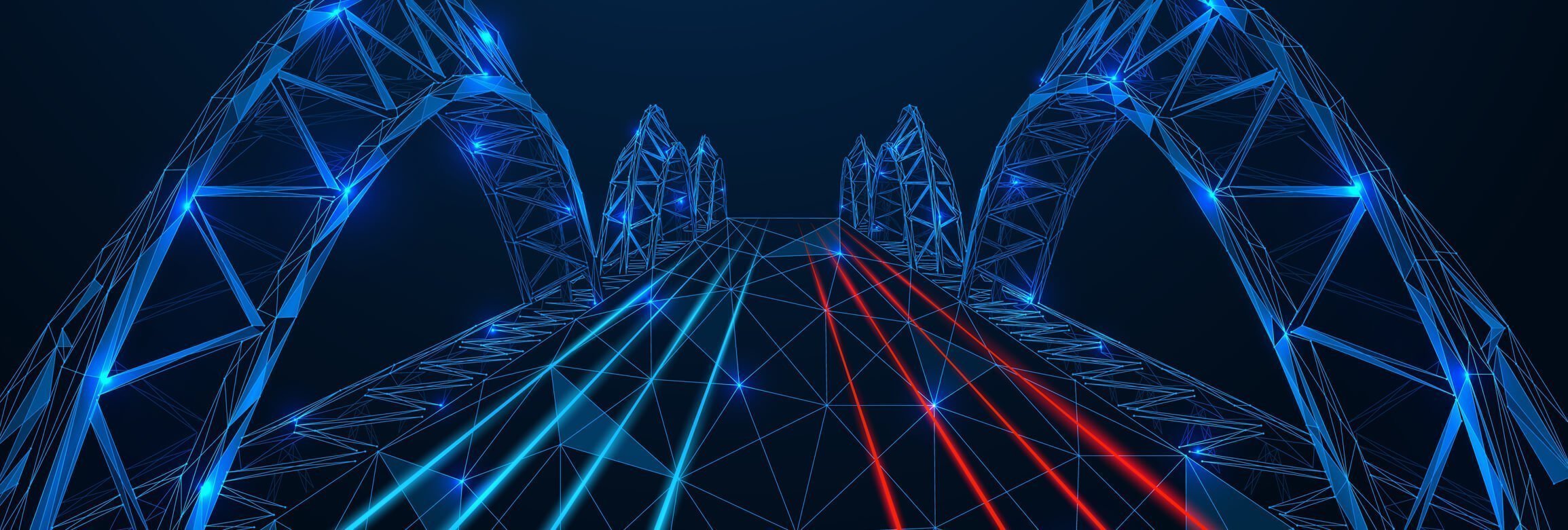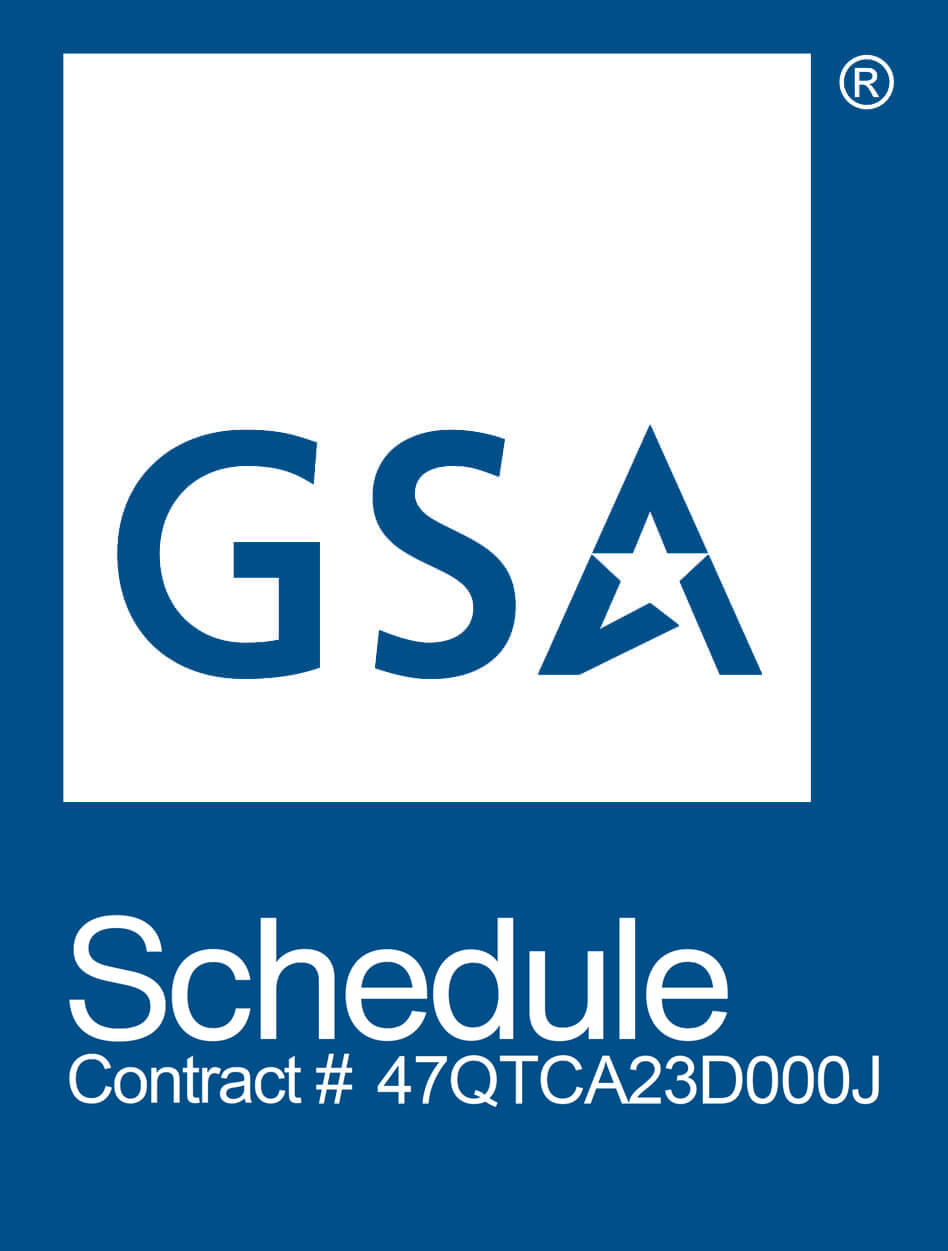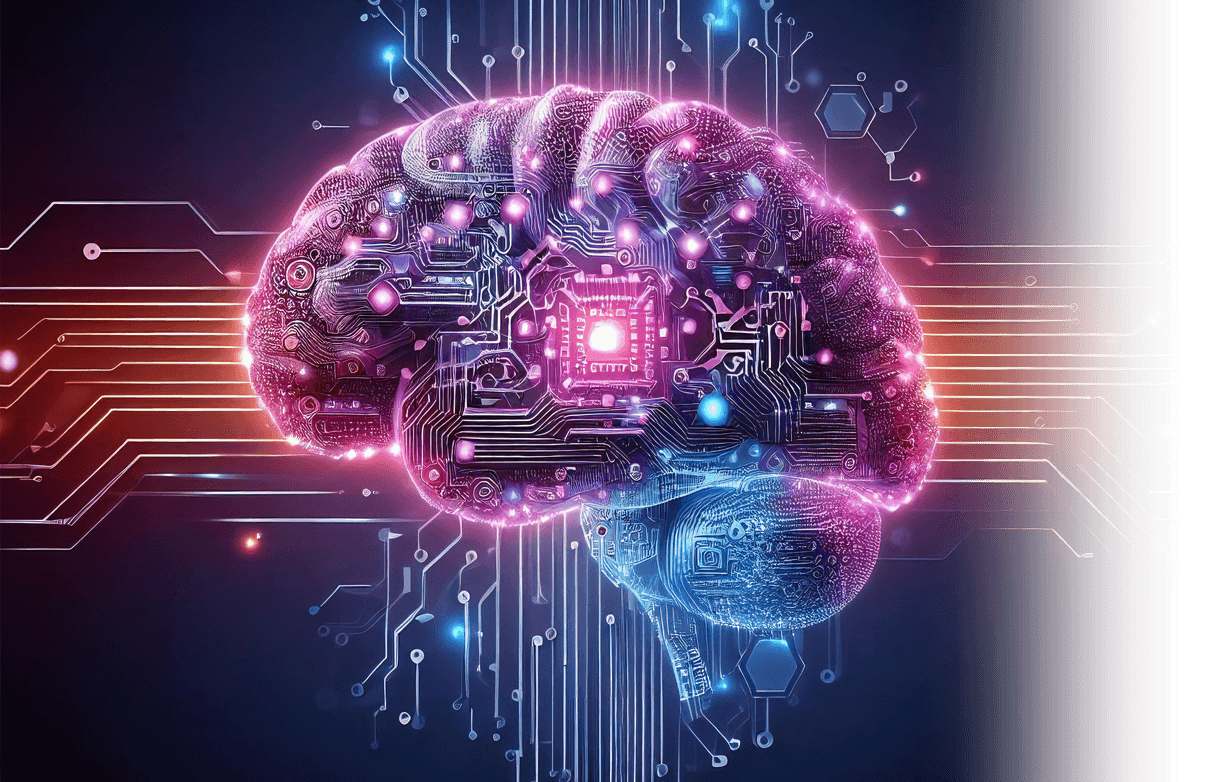
Cloud Structural Bridge Health Monitoring
Compliance and compatibility issues are now a thing of the past
Service-Disabled Veteran-Owned Small Business (SDVOSB)
Small Disadvantaged Business (SDB)
Small Disadvantaged Business leads to enhanced innovation and creativity, as these businesses often offer unique perspectives and solutions shaped by their diverse backgrounds. Moreover, partnering with Small Disadvantaged Business can provide access to specialized skills and capabilities that might otherwise be overlooked, contributing to improved competitiveness and efficiency.

Transforming for Innovation, Sustainability and Security
Transforming for Innovation and Sustainability securing future competitive advantage
EtherCAT and rugged network hardware | Making synchronization possible in an inhospitable environment
Real-time Modal Analysis
Tying everything together | A cloud solution that can receive and interpret immense volumes of raw data
Why Choose Cloud Computing Technologies when you’re on the hunt for Civil and Government Contracts
As a Service-Disabled Veteran-Owned Small Business (SDVOSB), we’re given preference when competing for contracts within the public sector. Not only do we have an edge when it comes to landing those highly sought after contracts, but we also have an edge when it comes to getting you across the finish line. With a team of long-serving experts in the cloud services domain, we’re confident that we can deliver well-engineered, fault-tolerant cloud structural bridge health monitoring solution that’ll keep you running for years to come.
Generative AI Software Integration
What clients say about Cloud Computing Technologies













